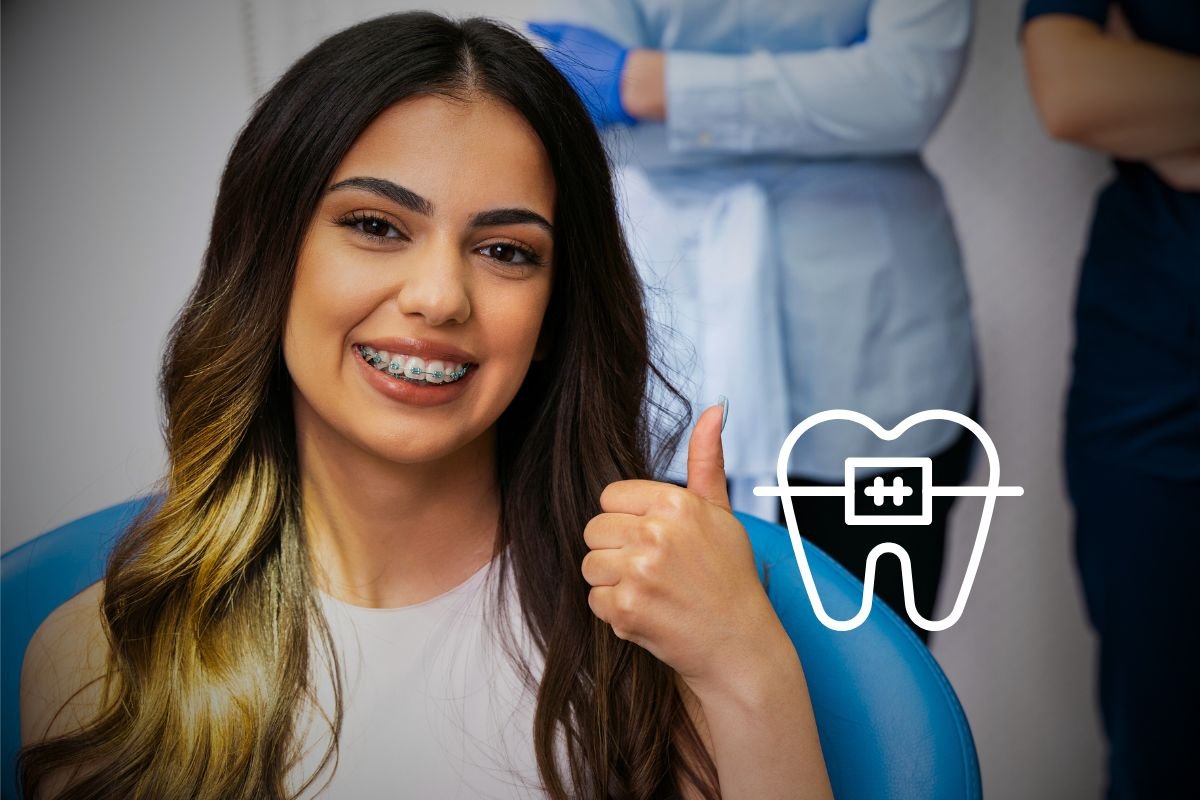
Braces treatment, in medical parlance, is known as orthodontic treatment. Those with alignment issues with their teeth must go in for braces treatment in chula vista. This would require a series of appointments to cover the entire procedure to straighten the teeth and align them in a row. Braces help many other issues like crooked or crowded teeth and gaps between the teeth and can rectify jaw alignment problems for Temporomandibular-joint or TMJ conditions. To cure any of these issues effectively, Aye Dental offers braces in Chula Vista, a one-stop solution to many dental problems.
What are the different types of braces?
Braces treatment helps to improve the health and function of teeth. After teeth are aligned by braces treatment, they are easier to clean. There are different types of braces that a dentist may recommend, including metal, ceramic, and lingual braces. You may feel some tightness or soreness once braces are initially fixed, for which the dentist may advise pain relief medication for discomfort.
Benefits of braces
- Corrects misalignment, improving bite and jaw function.
- Enhances overall facial symmetry and smile aesthetics.
- Prevents future dental issues like uneven wear and speech difficulties.
- Provides long-term benefits with proper retention after treatment.

Improves Oral Health
Reduces the risk of further dental issues.
Enhances Smile Appearance
Gives you a flawless, straight smile.
What is The Length of Treatment For Braces?
A braces treatment generally lasts up to 12 to 30 months. It’s a lengthy and time-consuming process, and you should be patient. It can take a bit longer, too, depending on the complexity of your case. But you may very well continue looking into the outcome that awaits you. Of course, you will remain under the dentist’s supervision and will have to visit the orthodontist every 4 to 10 weeks for periodic adjustments. Even after the treatment, the dentist will have you wear a retainer to keep your teeth from shifting.
What is The Procedure For Braces Treatment?
When you undergo the braces treatment in chula vista, the procedure will have the dentist placing a cheek retractor to keep teeth visible and dry at all times. Teeth are initially polished to make sure that intended brackets will bond perfectly, after which teeth are air-dried. Teeth are prepared for bonding, after which an adhesive primer is used on the teeth to increase the bonding process.
Next, a special material is placed on the back of the brackets, which helps the bracket position on the teeth. The dentist then removes the retractor and puts dental wires in place. This process of bonding brackets and placing wires may all take less than half an hour.
What is the Follow-Up Procedure For Braces Treatment?
Braces treatment, as we well know, is a long-drawn process. This length of time is due to the period it takes to position the teeth in conformity to the correct manner in which the dentist wants them to settle, depending on the patient’s specific condition. You will need regular adjustment appointments to adjust the elastic ties holding the wires in place. These must be readjusted after every periodic follow-up visit to maintain proper pressure and correct the dental issues requiring treatment.
Frequently asked questions
Braces treatment typically lasts between 12 to 24 months, depending on the severity of misalignment and the type of braces used.
Braces may cause mild discomfort or soreness, especially after adjustments. Still, the pain is temporary and manageable with prescribed pain relievers.
The perfect age for braces is between 10 and 14 years, as the jaw is still developing, making teeth easier to align. However, adults can also benefit from braces.
Use a soft-bristled toothbrush and fluoride toothpaste, and brush at a 45-degree angle to clean around the brackets effectively. Flossing and using an orthodontic brush or water flosser helps maintain oral hygiene.
Avoid sticky, hard, and chewy foods like gum, popcorn, nuts, ice, and caramel, as they can damage braces or get stuck between brackets and wires.




